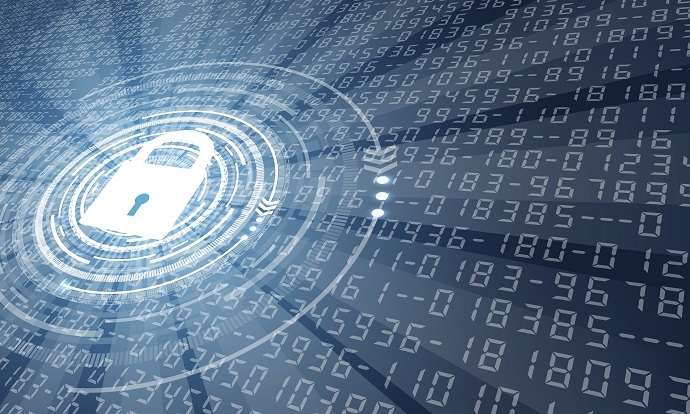The Black Ink Team’s Guide To Data Encryption
by Black Ink Team

Encoding messages to prevent information from falling into the wrong hands has been around for a long time. During WWII German soldiers used a device called an Enigma machine to distribute and receive orders through radio waves, and much before that medieval armies used ciphers to mask handwritten reports. Nowadays computers can almost guarantee that once a message is encrypted it won’t be read unless the correct recipient opens it, and many pieces of software for doing so are freely available. Here are the basics of computer-assisted data encryption.
Random numbers are the basic element of any good encryption method. Since you can’t be certain that people won’t guess your password, it is safer to generate one at random. The cryptographic values of random numbers fall on a spectrum, or in other words some random numbers are more random than others. The harder it is to arrive at a random number given the initial inputs that were used to generate it, the better. Some sophisticated random number generators use naturally occurring phenomena such as atmospheric noise and thermal waves to ensure their processes are irreversible. While their usage is less safe, simple random number generators have the advantage of saving time and resources.
The predominant system that is used for encryption today involves two ciphers instead of one. Both the sender and the recipient have ‘public keys’ and ‘private keys’ which are both used during encryption. The sender encrypts their message using the recipient’s public key, then the recipient decrypts it using their private key. The recipient knows that the message was sent by the right person by checking the sender’s private key.
Even though encryption methods are highly sophisticated today, there are still vulnerabilities to be aware of. For instance, if an ISP’s (Internet service provider’s) random number generator or key database gets compromised, there is a chance that people’s private information can get leaked. Another possibility is that hackers with sufficient computing resources are able to ‘brute force’ (manually guess after thousands of attempts) the key or password protecting your information.
A common mistake people make is to mix up ‘data encryption’ with ‘data compression.’ Compression refers to applying transformations to data that eventually lead to files becoming smaller. Although there are ways to make compressed files that are themselves encrypted, not every compressed file is itself encrypted.
